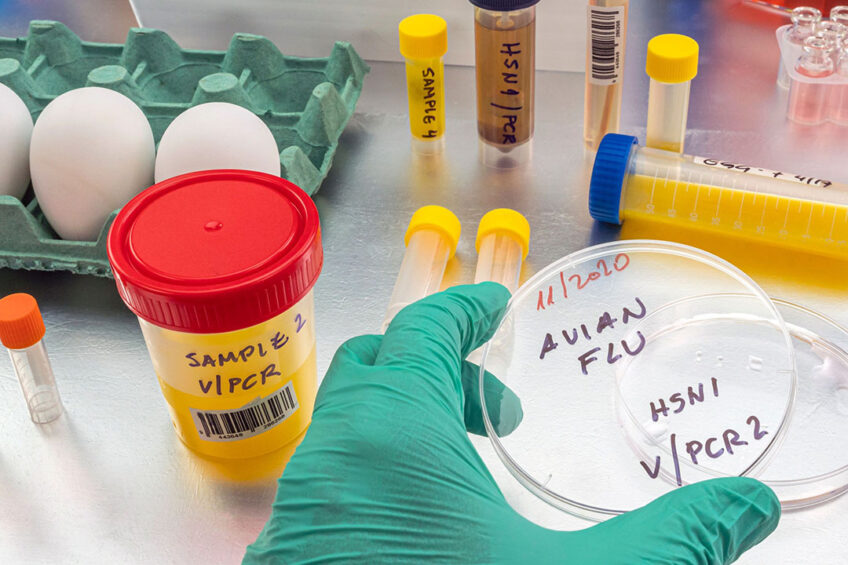Current H5N1 avian influenza viruses can spread faster and wider

Scientists have identified several genetic characteristics that explain the ability of the current H5N1 viruses to spread fast and infect a greater range of species.
Research has found that multiple virus genes have switched and evolved to act together to enhance fitness to infect, transmit and persist in birds, but remain un-adapted to humans. The research group also determined that infectious virus can only travel short distances (less than 10 metres) and is very unlikely between farms through the air.
Those are among the first results of the 8-member FluMap consortium headed by the British Animal Plant Health Agency (APHA), which has developed laboratory tools that can dissect the immune response in birds that have been exposed to avian influenza viruses in their lifetime. The scientists also discovered that seabirds like Northern Gannets and Shag are showing signs of developing immunity to avian influenza.
Preliminary investigations revealed specific immunity to H5N1 showing exposure and recovery in a proportion of birds. However, avian influenza viruses are prone to change and so antibody levels will likely decline over time with next year’s offspring not guaranteed to be immune, suggesting there are no great population level benefits yet, APHA reports.
New research investigates the evolution of the virus
The top scientific research consortium has secured £3.3 million additional funding for further research into avian influenza transmission due to continued risk of spread of disease. New research will explore the evolution of the virus and the ability to predict new strains, protecting both animal and human health. Scientists hope to look at the effect of antibodies on infection, to better predict the emergence of new viruses with different protein combinations in the future.
A further £3.2 million has also been allocated for a sister consortium focusing on the potential for human transmission. Partners from both consortia will work closely together in a One Health approach.
Professor Ian Brown, APHA’s director of scientific services and project manager, said: “APHA has led this consortium to address gaps in our understanding of avian influenza and I am excited that we have already made some important discoveries, particularly around the genetic makeup of avian influenza viruses.”
Professor Guy Poppy, interim executive chair at the Biotechnology and Biological Sciences Research Council and UK Research and Innovation’s Tackling Infections programme lead, added: “This investment is testament to the UK’s determination to stay ahead of avian influenza and underscores the importance of collaboration in the face of evolving threats.”
The new funding will respond to the evolving nature of avian influenza and further the understanding of transmission and infection in different bird populations, including how the virus transmits from wild birds to farmed poultry, the gaps in biosecurity that allow the virus to penetrate premises and how this could be addressed, the role of immunity in wild birds in the evolution of the virus and last but not least how the implementation of vaccination might impact outbreaks.
Join 31,000+ subscribers
Subscribe to our newsletter to stay updated about all the need-to-know content in the poultry sector, three times a week. Beheer
Beheer











 WP Admin
WP Admin  Bewerk bericht
Bewerk bericht